Embarking on a new adventure at the bottom of the ocean
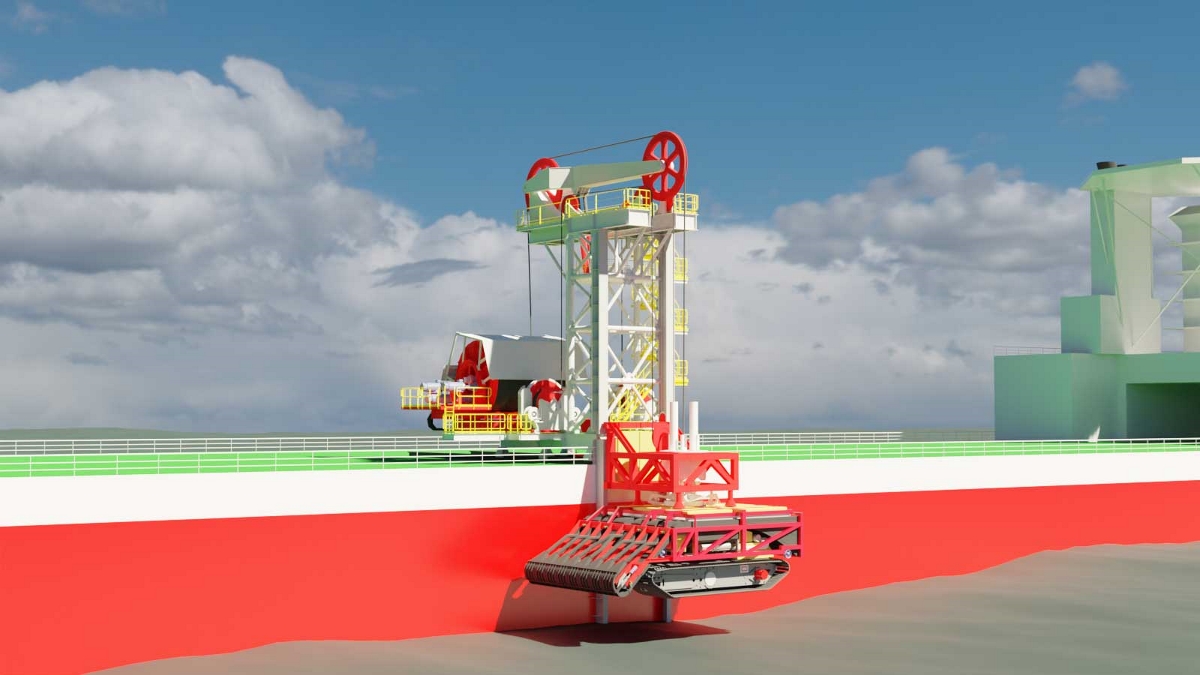
-

Wiebe
BoomsmaR&D Manager Mining
Since the days of Jules Verne, many have dreamt of mining minerals from the bottom of the ocean. As the French novelist predicted in his classic work, Twenty Thousand Leagues Under the Sea, parts of the ocean contain vast resources of valuable metals. This prediction became reality only a few years later, in 1873, when the HMS Challenger embarked on a mission to explore the deep seas.
Fast forward a century-and-a-half, and we are ready to embark on a journey to the other side of the globe, to take the first steps towards mining commercial volumes of polymetallic nodules. This is an adventure of a lifetime, requiring vision, courage and the best minds available. It’s also a journey full of challenges – and ones that are managed best with proper planning and perfect preparation. And the best equipment possible.
Equipment for challenging circumstances
For over a decade, Royal IHC has been investing in the development of technology for deep-sea mining. With leading roles in the EU-subsidised Blue Mining, Blue Nodules and Blue Harvesting projects, IHC brought partners in the industry and sciences together to study the subject from different angles, combining theory and practical experience.
Over the years, we have developed a vast range of equipment based on innovative ideas – such as trenching ploughs and crawlers, seabed drill rigs, and launch and recovery equipment – for the offshore, renewables and marine mining industries. These can be used in challenging circumstances and at ground-breaking depths, often pushing the boundaries of what is possible.
This approach has been used once again to create a launch and recovery system (LARS) for harvesting polymetallic nodules from the sea floor.
Design for harvester handling
The abyssal plain – that is, the underwater plain on the deep ocean floor where polymetallic nodules are found – is characterised by low shear strength and high sensitivity. Any vehicle designed to drive on this surface needs to respect these characteristics. This requires maximising the footprint and minimising the submerged mass. This combination of requirements results in a large, lightweight and delicate vehicle.
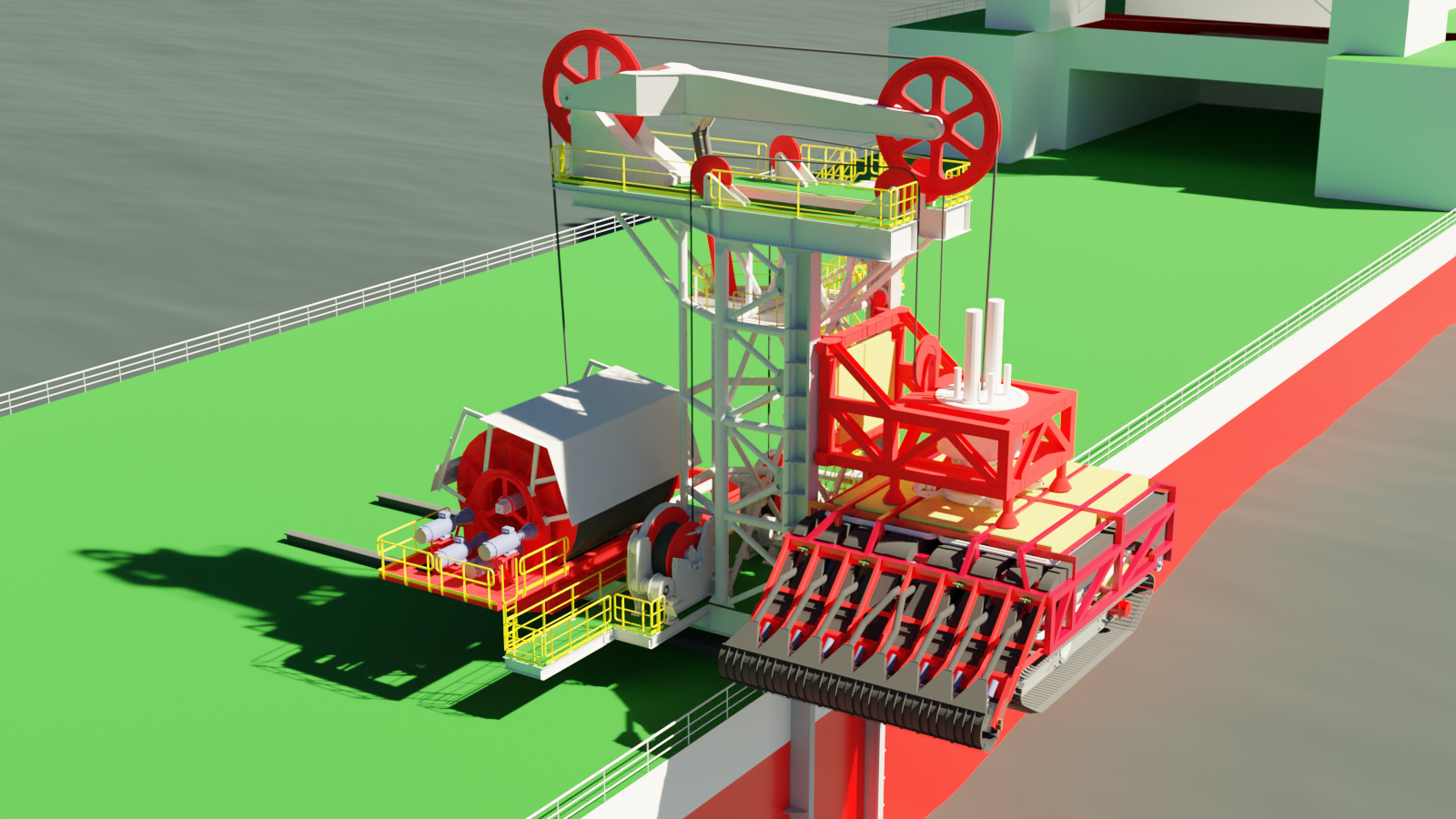 Figure 1: The LARS
Figure 1: The LARS
A lifeline to the equipment
However, this is not the only aspect that characterises IHC’s LARS. While the harvester and the vertical transport system play a central role in the mining operation, umbilicals provide a lifeline to the equipment. The umbilical to the harvester, which is also used for lifting purposes, fulfils an essential role. We placed the umbilical at the heart of the LARS, with every aspect of the design focused on its condition.
For this purpose, our design has a winch with a moving drum and pivoting arm compensator (Figure 2). The result is a 58% reduction in bending cycles during lifting and lowering, and a staggering 88% reduction in accumulated bending during static events requiring heave compensation, such as pull-outs from the mud.
Monitoring of the umbilical’s condition greatly reduces risks. By logging every load and bend cycle, the remaining life expectancy per section of umbilical can be visualised, giving operators the necessary tools to manage risk and maximise the lifetime of the umbilical.
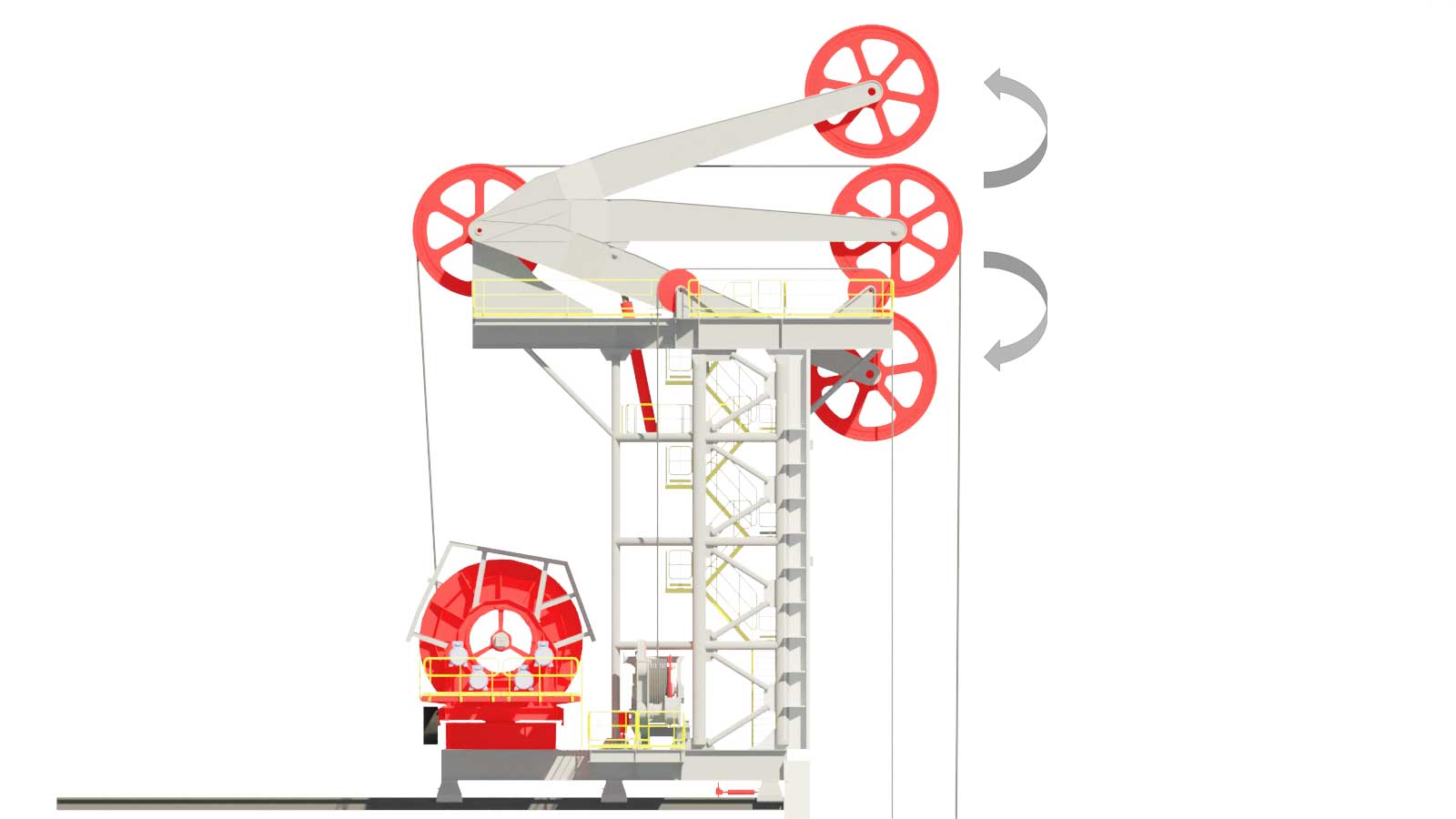 Figure 2: Umbilical winch with moving drum and pivoting arm compensator
Figure 2: Umbilical winch with moving drum and pivoting arm compensator
Optimal safety, well-lit access and easy maintenance
At IHC, safety is a key consideration in the design process. The solution we designed creates a safe working environment by providing flat obstacle-free floors, permanent stairs and platforms to access the tower side of the harvester. Cables and other moving parts are shielded, and by extending the cursor rails above deck, there is a permanent barrier between the harvester inboard position and the sea.
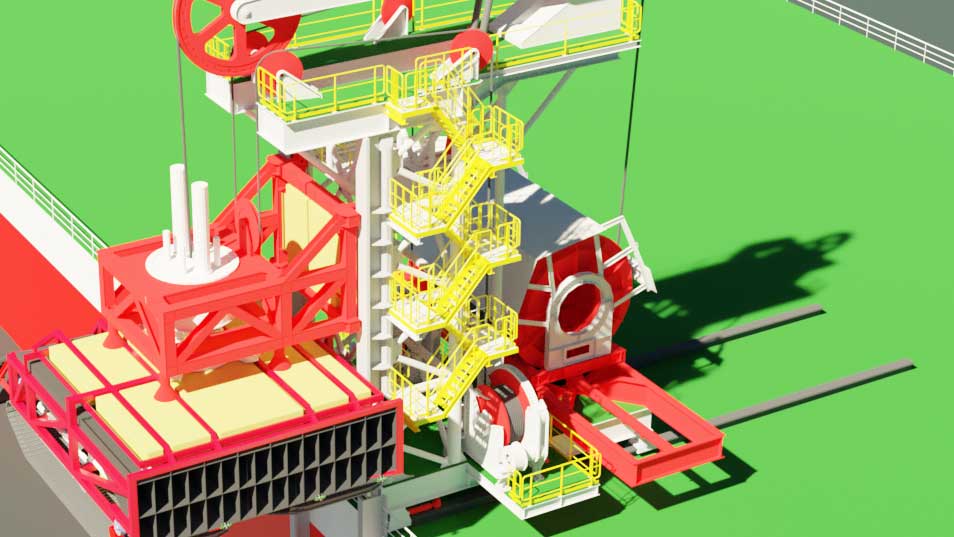 Figure 3: Stairs and platforms for safe and easy access
Figure 3: Stairs and platforms for safe and easy access
In addition – and to minimise the need for maintenance when far out in the Pacific Ocean – the LARS is based on proven designs and solutions, and uses only high-quality materials. There is minimal complexity and a high level of redundancy. Components that might require maintenance are easily accessible by stairs and platforms, and lights at these locations create optimum working conditions.
Designed for the future
Deep-sea mining is a great adventure. It has the potential to provide the world with essential minerals for the energy transition. The rewards are there, not only for the first movers, but society as a whole will benefit from these valuable metals. However, before deep-sea mining can take place commercially, various hurdles have to be overcome.
There are legislative challenges at the International Seabed Authority, as well as environmental and technical challenges. IHC is realistic about these challenges. However, we believe that our technology is ready to take the leap.
Written by
Wiebe Boomsma
R&D Manager Mining
For more information on deep-sea mining click here
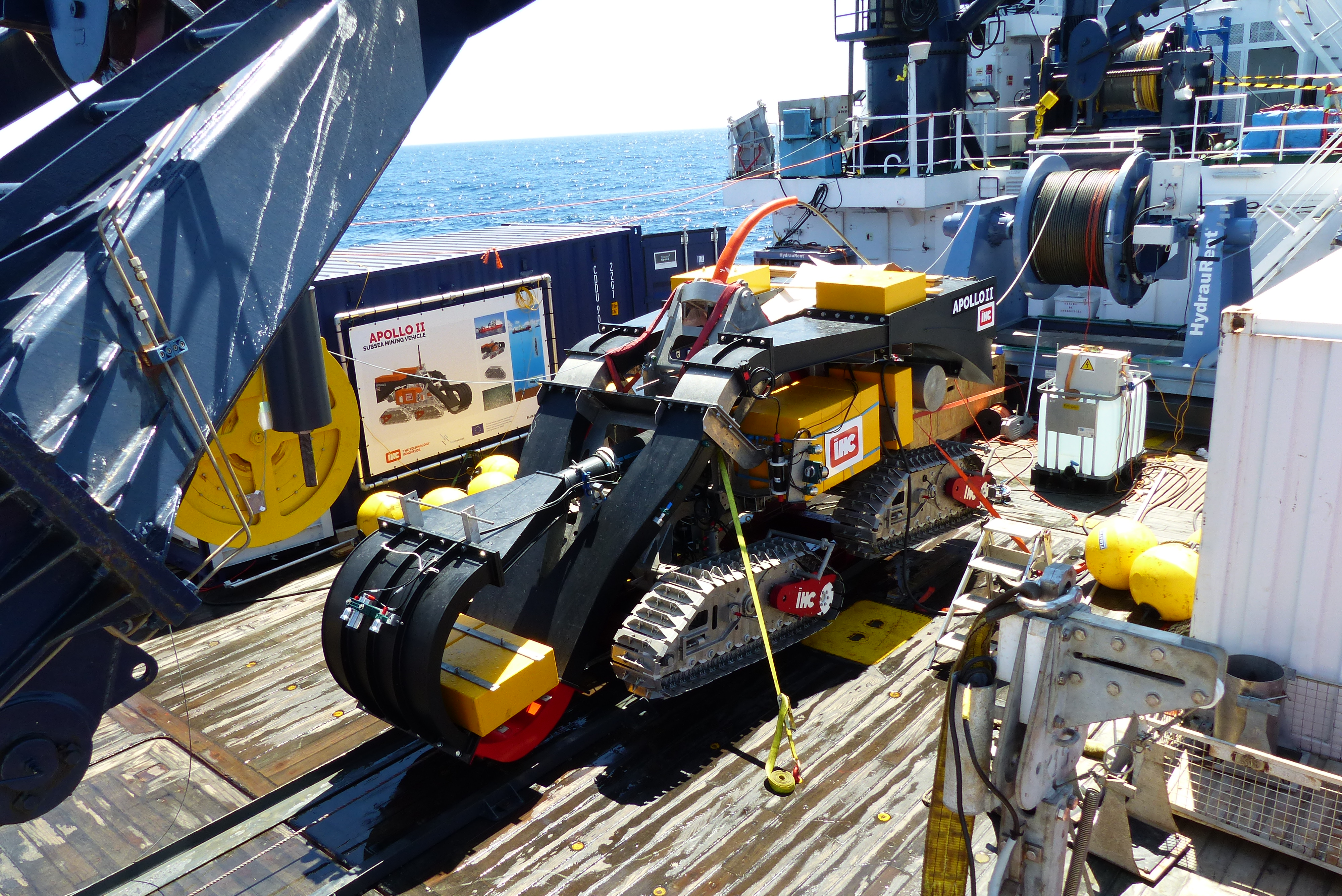
How can we help you?
Fill in the form and our experts will reach out to you.